The Inflation Reduction Act (IRA), signed into law in August 2022, included record levels of climate and energy spending, making it the largest-ever commitment by the United States to support a transition toward emissions-free energy. A recent report from Intersolar North America and Energy Storage North America (ISNA/ESNA) breaks down the successes of the federal law, some of its challenges in implementation, and what to expect over this critical decade of energy transition.
The legislation contains numerous provisions to support the U.S. solar industry, among other clean energy technologies, including a long-term extension of the federal investment tax credit, significant domestic manufacturing incentives, labor standards, energy production tax credits and more.
Since passage of the IRA, over $240 billion has been invested in clean energy manufacturing and infrastructure projects, according to a White House report. This includes over $86 billion invested in nearly 300 new solar, wind, and battery energy storage projects.
Along with this tide of investments has come a wave of “green collar” jobs, said Intersolar. Over 170,000 direct jobs have been created since IRA as the industry adds positions in engineering, business development, manufacturing, construction, transportation, and more. The Intersolar report forecast as many as 1.5 million new jobs in clean energy can be expected by 2030.
For the solar industry, which is already the fastest growing energy source, the IRA has created long-term stability and clarity. The 30% Investment Tax Credit (ITC) was extended through 2032, creating a long-term subsidy that breaks the boom-and-bust cycle that used to caused by shorter-term ITC extensions.
Solar added a record 36.4 GW of utility-scale storage and 14.3 GW of battery energy storage in 2023, which together add up for more than 80% of new capacity additions for the year. Solar, storage, and wind energy combine for nearly 95% of the capacity added to the grid in 2023, and 2024 is expected to build on this monumental year.
The first steps toward the federal goal of 100% carbon pollution free electricity by 2035 have been made, but much work is needed to ensure the vision becomes a reality.
Remaining questions
The ISNA/ESNA report raised a few outstanding issues to resolve as IRA continues to roll out. One issue relates to the domestic content bonus, a demand-side adder to the ITC that adds another 10% tax credit for projects that include a certain threshold of U.S.-made components, bringing the credit to 40%.
ISNA/ESNA said the domestic content bonus credit eligibility rules pose challenges for U.S. solar projects.
“If even one minor component of a solar panel is foreign-made, the entire U.S. manufacturing portion seems ineligible—and most solar panels have up to eleven components,” said the report. “If just a single bypass diode in a domestically produced panel originates abroad, the U.S.-based manufacturer’s whole value-add could be excluded from the formula’s numerator and inappropriately counted against overall project eligibility.”
Furthermore, the industry is looking for clarity around the distinction between “manufactured products,” which must meet 50% domestic content thresholds, and more generic “construction materials,” like foundation posts, that must be 100% American-made
“Project developers have so far faced an uphill battle in obtaining the detailed data from manufacturers that is required to calculate domestic content fractions,” said the report. “Developers need more transparency on wages, payroll taxes, and materials costs to accurately determine what share of their major technology components qualify as truly domestic.”
The ISNA/ESNA report also raised questions about the potential challenges to IRA under a Republican presidency, highlighted the need for improving access to the tax equity market for smaller-scale project developers, and other finance roadblocks related to debt issuance and credit.
It also highlighted the fact that the IRA’s spending has expanded beyond its initial projections. The ten year spending plan was initially valued at $369 billion, but has now increased to $526 billion, with room to grow higher.
“Deficit hawks may use soaring price tags as justification to scale back clean energy credits and subsidies, which in turn could dampen private sector confidence. The rising cost of the legislation, however, ultimately means the IRA is proving successful in spurring new clean energy and storage projects,” said the report.
This content is protected by copyright and may not be reused. If you want to cooperate with us and would like to reuse some of our content, please contact: editors@pv-magazine.com.
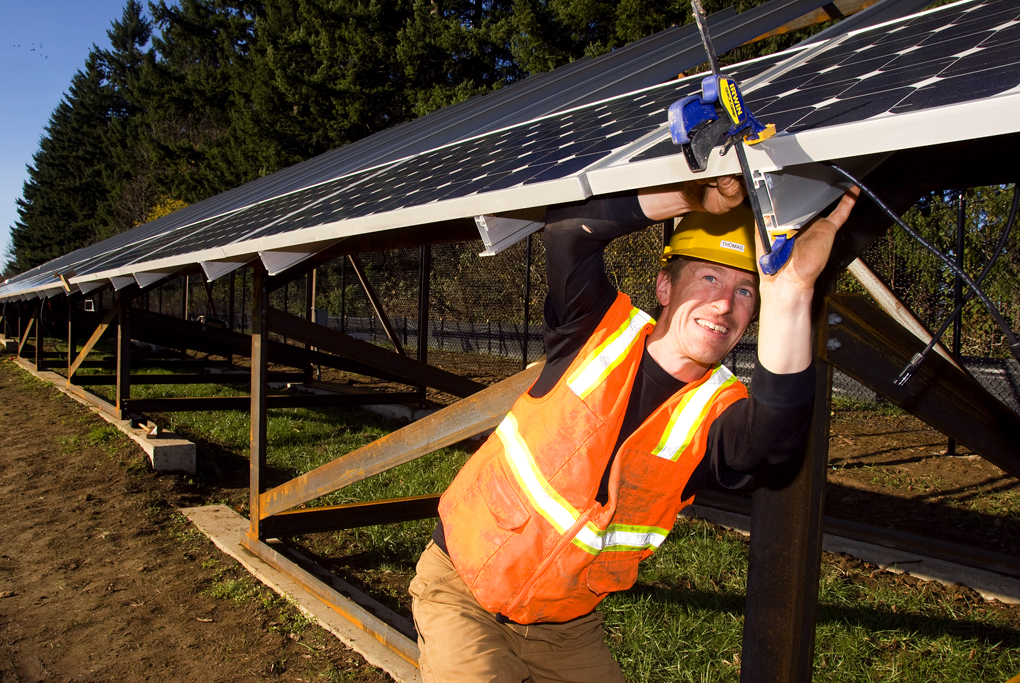
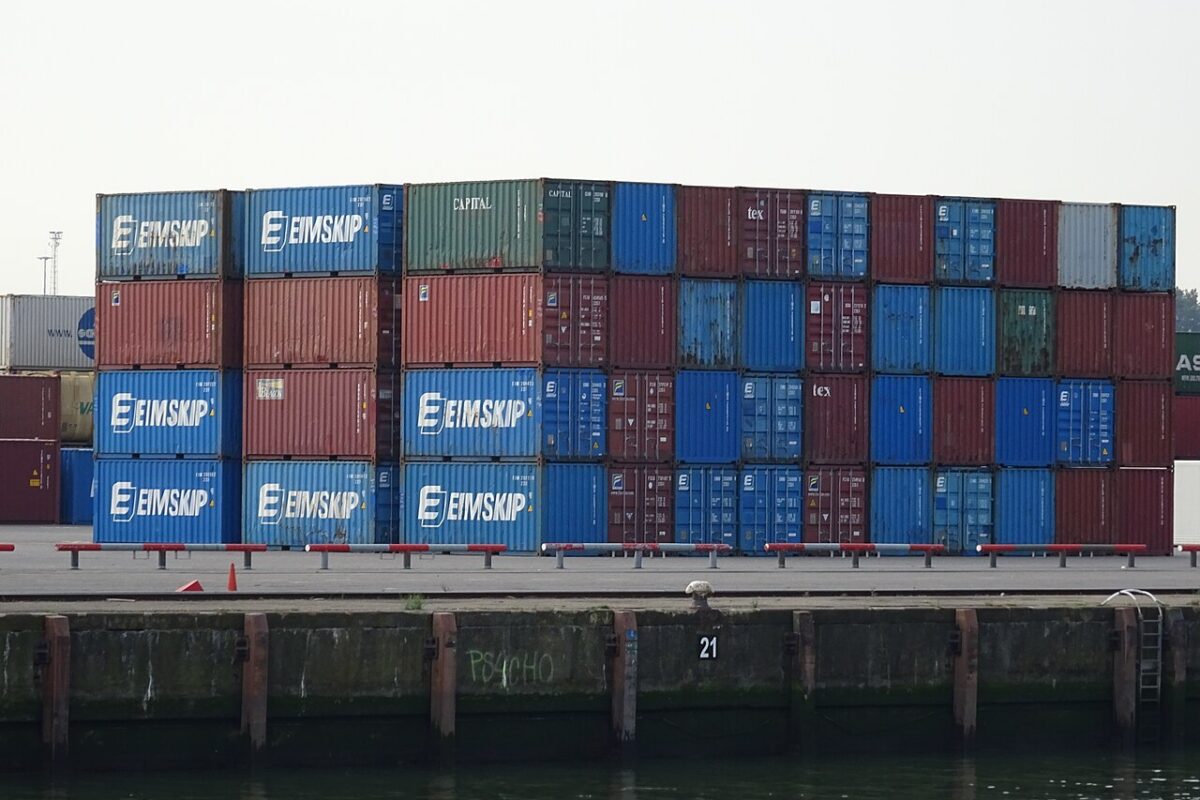


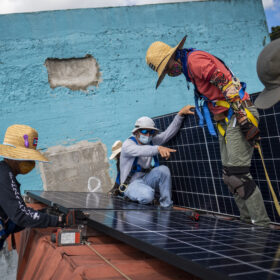
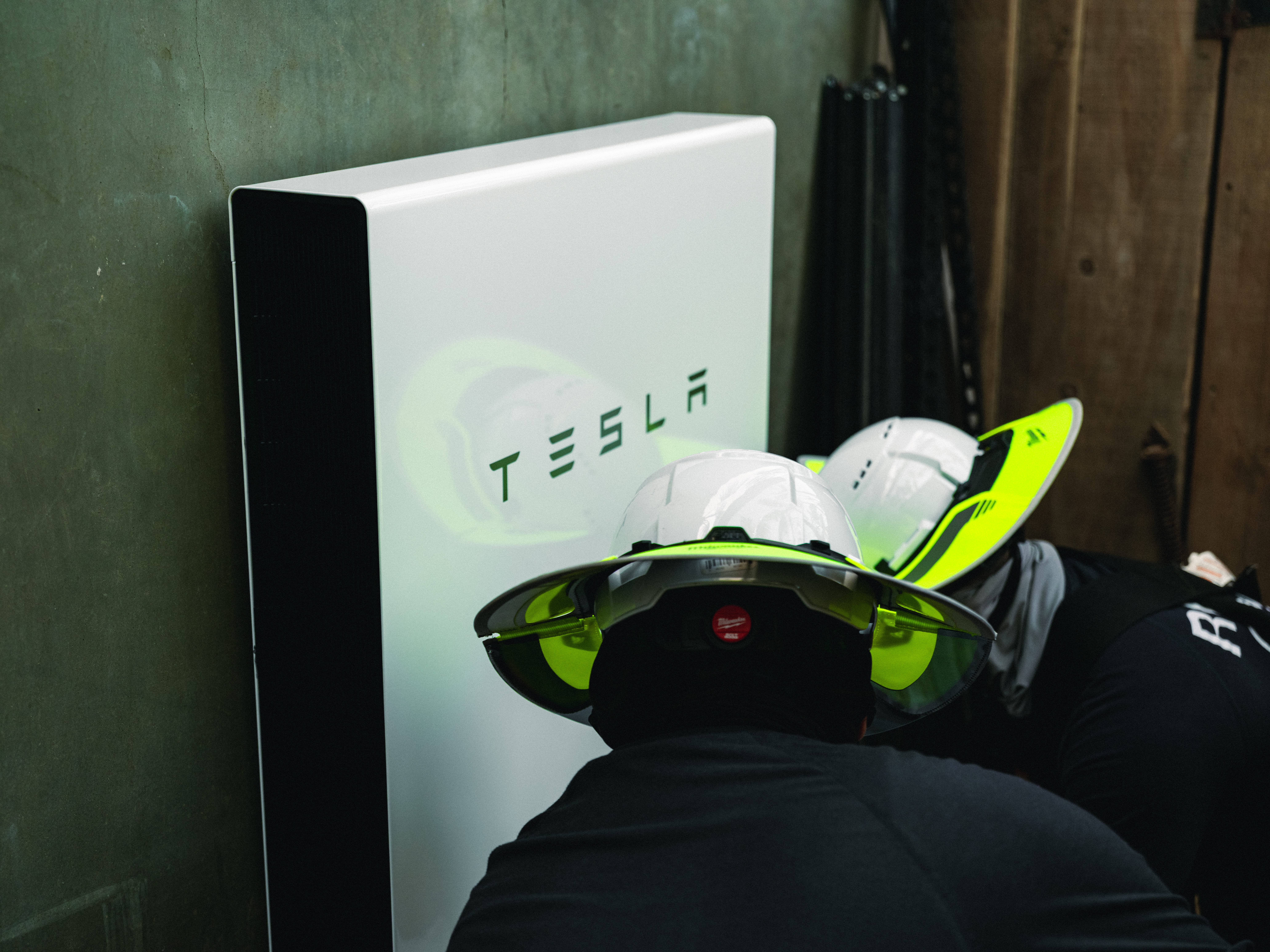
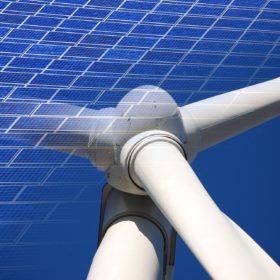
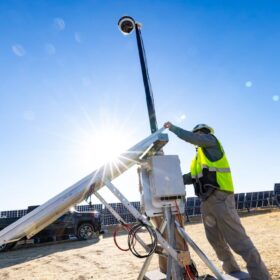

That’s good news! But don’t forget that only 1.5 % of the electricity generated last year in the USA comes from photovoltaics!